During a late-night moment in a hotel room while touring Mediterranean Europe in 2018, gifted jazz trumpeter Roy Hargrove is caught on camera poignantly performing the Jimmy Dorsey and Paul Mertz standard “I’m Glad There Is You.” During another moment at the end of the tour, the musician is surveying his sun-drenched surroundings from a hotel balcony in Italy while ruminating about his legendary career.
“That’s what they pay you for really… getting there,” says a visibly tired Hargrove. “The music part’s easy.”
Those are just two of the many compelling scenes comprising HARGROVE, the documentary chronicling what turned out to be the artist’s final tour — and the last year of his life. Helmed by first-time director and longtime Hargrove friend Eliane Henri, the documentary made its world premiere at the Tribeca Film Festival on June 12.
“Bringing Roy back to New York like that is pretty heavy duty,” says Henri of the premiere. “It’s definitely [been] an intimidating and emotional experience.”
The Tribeca premiere is the first brass ring yielded by Henri’s passion project, which unspools Hargrove’s evolution from 17-year-old jazz virtuoso to influential, groundbreaking visionary (with credits on such classic albums as D’Angelo’s 2000 set Voodoo) in cinéma vérité style. The film captures myriad emotions from love and happiness to anger and sadness. In one tense exchange, Hargrove — who died at 49 in Nov. 2018 after a lengthy battle with kidney disease — and Henri are talking to Hargrove’s manager Larry “Ragman” Clothier about the latter’s unwillingness to cooperate with them in the project. The film later notes that Clothier, president of Roy Hargrove Music, declined to license Hargrove’s original compositions for the film. His riveting performances in it are either songs written by other composers or improvisations.
Obstacles aside, Hargrove’s creative impact and enduring legacy are underscored in heartfelt remembrances from colleagues, friends and mentors such as Herbie Hancock, Yasiin Bey, Sonny Rollins, Wynton Marsalis and Robert Glasper, among others. Noting in the film that Hargrove belongs on the “Mt. Rushmore of musicians,” Questlove explains, “There’s the big band Roy, the trio Roy, the funk Roy, dissonant fusion Roy and the hip-hop Roy.”
Erykah Badu, a Hargrove classmate at Booker T. Washington High School for the Performing and Visual Arts in Dallas, also appears in the film. The pair collaborated on various projects including her 2000 album Mama’s Gun. “His DNA was part of my sound,” Badu tells Billboard. “That’s why I’m part of the documentary; I lost a very good friend.”
Badu also doubled as an executive producer on HARGROVE along with Folding Chair Productions principal Janine Sherman Barrois. “[This] support from Black women was so meaningful in helping me get to the finish line,” says Henri, whose Poplife Productions shares producer credits with Dana Guerin.

Now looking for distribution after HARGROVE’s world premiere, Henri describes her journey as “a mystical experience” watching the “real country boy” she first met grow into the “cool, sophisticated and worldly man” she hung out with on his last tour. “I saw the whole arc in real time,” says Henri. “It was like he captured lightning in that last year, testifying and bearing witness to his experiences on planet Earth. Then he took off.”
Below, she talks further with Billboard about her experience with HARGROVE and what she feels like are the biggest lessons from the final film.
When did you begin working on the film?
We had been friends and kindred spirits since I was 17, essentially growing up together in our careers. When I asked Roy about doing the film in summer 2016, he said “yes” immediately.
Then it was 18 months of us talking it through in terms of what we wanted to do and getting him — a very private person — mentally prepared for what it would really mean to do the film I wanted: very real and raw. We started shooting in January 2018 when he came to Hollywood. And between shooting, I raised chunks of money. After I shot in Los Angeles, I raised a chunk of money and went to Paris. Then I raised another chunk and went to New York. I was enrolling people in my vision as I went along. And somehow the universe just supported it.
Being such a private person, why do you think he said yes?
It was just the point he was at in his life. I truly believe the timing of this was so specific. If I had asked Roy to maybe do this 10 years before, he wouldn’t have said “yes,” or he wouldn’t have allowed the cameras access in the way that he did.
Why was it so important for you to make the documentary?
I wanted to introduce and get Roy’s story out into the world in the way that it deserves to be presented. His legacy and contributions are precisely why he’s such a significant artist to know and understand if you want to have a true, comprehensive view of the history of Black music. He is a critical point in that story because prior to Roy, jazz was a very separate genre. But he began joining it with R&B, soul, funk and hip-hop and really broke down all those barriers.
I don’t think that this necessarily made it into the film, but in the raw footage I have, he talks about the next kind of music that he wanted to do; something that would bring together the best elements of all the genres to again make music that breaks barriers. Also noted in the film is how loved and revered Roy was overseas. He actually traveled about nine months out of the year to make a living, because you can’t really make a living as a jazz musician just in America, you know?
Were you and others aware of just how sick he was ?
We did know that Roy was sick. He was definitely traveling way too hard in the end for what his health was, which you see unfold in the film. However, it was still shocking when he died because he had been sick for so many years and hospitalized, but then had bounced back. I think a lot of people thought that this last time he might bounce back again. But it didn’t happen.
What are some of key messages in the film?
Roy’s tale is inspiring but it’s also a cautionary one that looks at the perils and predatory business practices that are often acted upon people like Roy. It’s a film about artists and for artists in all art forms, not just jazz. It’s about exploitation, about handling your business and not putting all of your work in someone else’s hands. There are issues about drugs, health, management … all of the different kinds of things that artists are up against in their journeys. Yes, Roy is the vehicle for the story. But it’s about much more than just him personally.
How do you think Roy would react after watching?
Sometimes I just cry thinking about it, because this is a vision we started on together when he was alive. Roy and I put everything we have into this movie. And now it’s getting to the point where I’m exhibiting it for people. It’s very hard and emotional for me because I know he would be so proud.
[flexi-common-toolbar] [flexi-form class=”flexi_form_style” title=”Submit to Flexi” name=”my_form” ajax=”true”][flexi-form-tag type=”post_title” class=”fl-input” title=”Title” value=”” required=”true”][flexi-form-tag type=”category” title=”Select category”][flexi-form-tag type=”tag” title=”Insert tag”][flexi-form-tag type=”article” class=”fl-textarea” title=”Description” ][flexi-form-tag type=”file” title=”Select file” required=”true”][flexi-form-tag type=”submit” name=”submit” value=”Submit Now”] [/flexi-form]



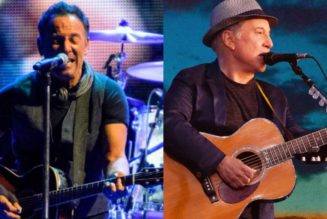
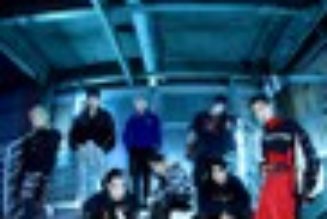

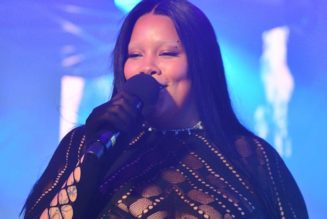
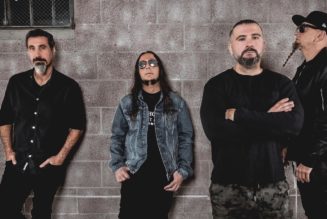
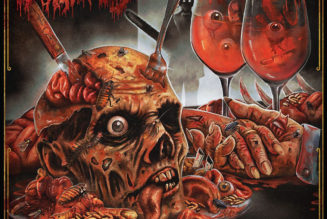
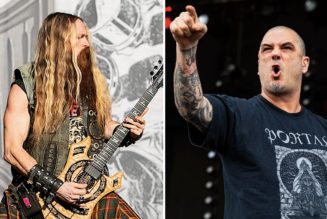
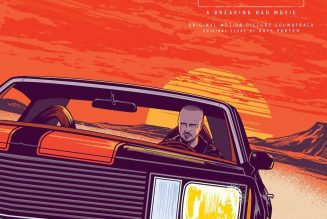
Tagged: entertainment blog, music, music blog, R&B/Hip-Hop, TV/Film